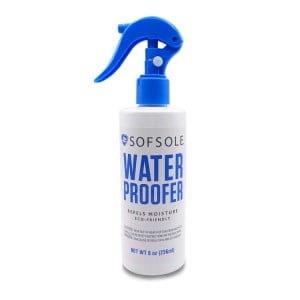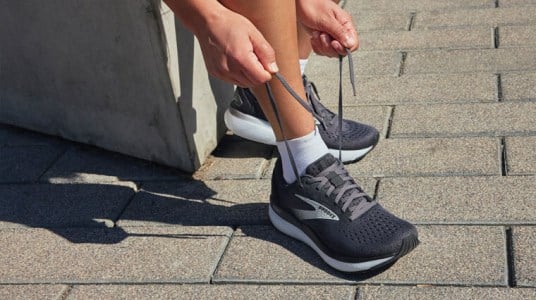Running Shoe Guide 3: How To Clean And Care For Your New Running Shoes
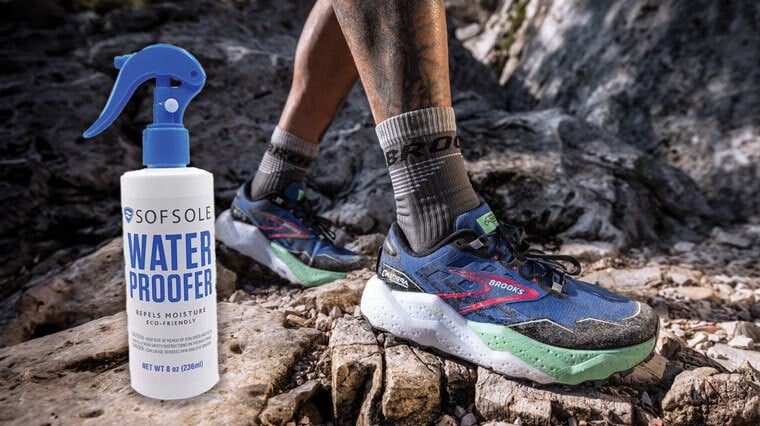
What's the best way to wash running shoes and keep them clean? Sportitude's runner-approved tips have you covered.
Taking care of your new running shoes is an important step that allows you, the runner, to take care of your feet. After reading What To Do When Your New Running Shoes Arrive and How To Break In Your New Running Shoes, the care and maintenance of your running shoes should be at the front of your mind.
By keeping your running shoes at their prime, they’ll continue to provide the cushioning, support and traction you need to float over the kilometres safely and more effortlessly – reducing the risk of running injuries and maximising your comfort and performance.
Wearing the right shoe for the right job and turning the know-how of our running shoe experts into action will keep your running shoes in like-new condition for longer – so they stay clean, fresh and ready to run.
When to wear your running shoes (and when not to)!
Can you wear your running shoes for netball and tennis?
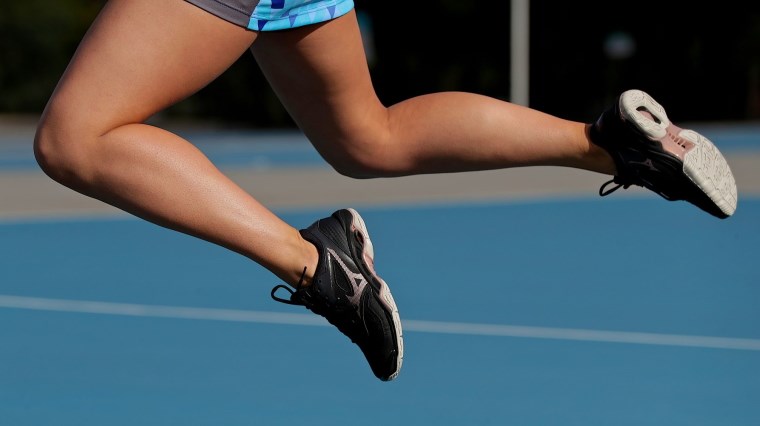
Your running shoe is a running shoe. Running shoes are engineered specifically for forward motion (walking, jogging, running and sprinting are all A-OK) and are not designed with the same characteristics in mind as netball shoes and tennis shoes that require additional stability, durability and specialised traction to handle explosive side-to-side movement, let alone features specific to their sport.
Wear your running shoes as a multi-sport shoe and it will not only cause them to deteriorate quickly but will make you more injury-prone as they plainly and simply don’t have the same level of support to prevent rolling your ankle or other common injuries on the court.
Buy the best netball shoes for netball, tennis shoes for tennis and running shoes for running. Every shoe in your footwear arsenal will last longer and your feet will be happier for it.
Can you wear racing shoes for everyday running?
Running shoes from reputable brands are fantastic at doing exactly what they’re intended for. These top footwear brands including Adidas, Brooks, Hoka, Mizuno, New Balance and Saucony are experts at what they do – and each new running shoe they manufacture is built upon years or decades of research.
You may need to treat your running shoes differently based on the style of running they're catering for. Some running shoe models are more versatile, whereas others are more specialised. For example, a high-mileage running shoe like the Brooks Ghost is suitable for long distance running and everyday training.
Alternatively, a snappy racing shoe like the carbon-plated Saucony Endorphin Pro family trades aspects of durability for lightness and speed – making it suitable for primarily race day only or else you risk them breaking down before you can reach some serious PBs in them.
Can you wear your road running shoes for trail running?
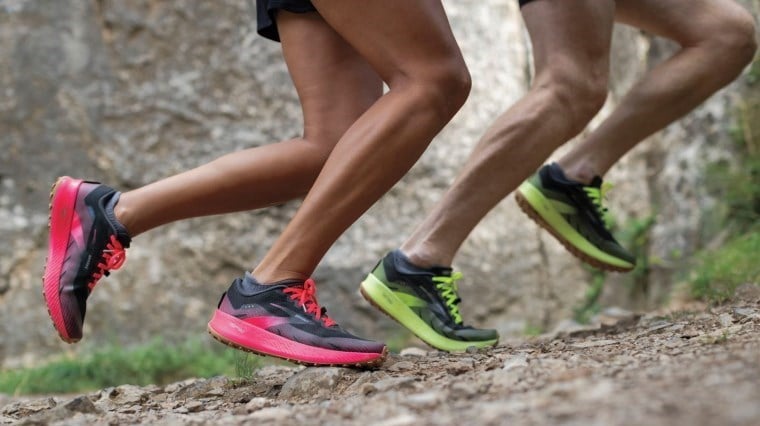
Road running shoes are engineered specifically for city or urban surfaces – generally hard and smooth synthetic grounds like bitumen and footpaths. Compared to trail running shoes, road running shoes are made of more breathable but fractionally less durable upper materials, and are more susceptible to being punctured by sharp twigs, stones, roots or other trail debris which you’d not normally encounter on a road.
On the other hand, a trail running shoe is your best mate for off-road running. Being the 4WD of the running shoe world, they allow you smoothly switch from road to trail running. They feature adventure-ready durability, protection and traction, designed to bite into softer, natural surfaces like dirt and mud, or uneven grounds like rocky trails depending on the specific model. However, take your trail running shoes to the road and pounding on the hard surface can seriously deteriorate the outsole.
Take care of your new running shoes – whether they’re road or trail shoes - by only using them on their intended running surface. Otherwise you risk them wearing out faster than expected and you may need to replace your running shoes prematurely.
Can you wear your running shoes for everyday wear?
With the comfort of running shoes surpassing everyday sneakers due to their run-ready cushioning and support, there's been a trend for daily trainers to be used for all-day wear. Look down at your local cafe or supermarket and you're likely to see running shoes from top brands like Brooks and Hoka on the feet of those around you.
If this sounds like you, it's best to purchase a running shoe for your shoe rotation designated just for running (and walking/jogging), and another pair specifically for everyday use. This will prevent wearing down your running-specific shoes early, allowing you to get more mileage out of them when it counts to better your overall fitness, speed and endurance.
Soft or max cushioned running shoes are also often recommended for busy professionals in industries such as nursing, hospitality and retail, where long hours on your feet are the norm. This extra protection can help ward off fatigue and injury such as plantar fasciitis, keeping your feet feeling fresh and pain-free for longer. Again, ensure you have a separate pair of running shoes for work and a separate pair of running shoes for daily training.
If your goal is purely style for everyday wear, sport-inspired sneakers can fill that role and tend to come under the price point of the best running shoes as they lack the research-based technologies that make running shoes the safer, more comfortable choice for high-intensity, repetitive impacts on the road. However, as a community of runners we believe that comfort comes first and foremost.
How to clean your running shoes
Can you wash your running shoes in a washing machine?
No - we’re sure your heart is in the right place, but this is a common way to ruin your running shoes, not clean them. Even if it was your go-to cleaning method for your running shoes in the past, it’s time to rethink that because with today’s current manufacturing methods, running shoes uppers are being bonded with glues and delicate stitching that simply can’t handle a beating in the washing machine.
Soaking your running shoes puts pressure on the heat welded construction and even damages the glue that fuses the midsole (cushioned foam) to the upper.
Solution:
If your running shoes have seen better days and are caked in dirt or mud, in a pinch you can improvise a cleaning solution by combining a small amount of dishwashing liquid with warm water and using a toothbrush (not the one you’re using to brush your teeth!) to gently remove dirt from the exterior of the shoe. Dab a soft absorbent cloth over the surface to lift any excess moisture.
Are stain and water-repellent sprays for running shoes worth it?
Absolutely - save your washing machine and running shoes the pain and avoid this date with disaster by investing in shoe care products.
Sof Sole Water Proofer is a rain and stain protection spray that’s suitable on most upper materials including mesh, suede, nubuck and canvas and is invisible – coating your running shoes in a discreet, water-repellent layer. It’s your secret weapon to making your running shoes stay in like-new condition – preventing stains from dirt soaking in and causing discolouration to your new shoes.
Using Sof Sole Water Proofer as a preventative measure means it’ll be easier to clean your dirty, smelly running shoes post-run. It ensures the dirt stays superficial, not set in - allowing you to wipe mess easily from the surface layer of the shoe as it prevents it from absorbing into the fabric. One application protects your gear for up to 2 months.
Being hydrophobic, it armours your running shoes against rainy conditions without hindering the breathability – so you can brush off any excuses and stay on track of your training. Keep in mind that less-than-perfect weather is just a mindset as long as you have the right gear with waterproof, water-resistant or water-repelling protection and visibility accessories to stay safe and seen while combating the rain and chill.
How do you stop your running shoes from smelling?
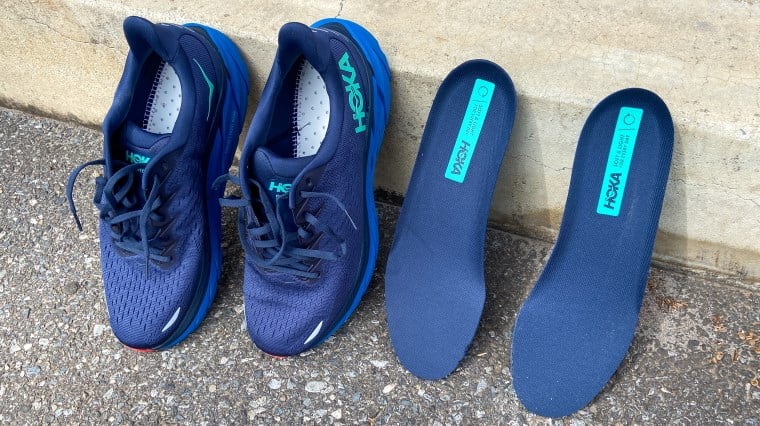
The sockliner is the removable footbed of the running shoe that essentially is a sweat catcher. It offers an extra layer of cushioning to cradle and support your active feet and can be switched out for other shoe insoles or orthotics to personalise your ride if necessary.
Sweat is a part of life and not your enemy. In fact, it’s the natural cooling mechanism of your body and reduces your risk of overheating – just remember to carry water on your runs with a drink bottle or hydration pack to replenish fluids lost in perspiration.
Sweat may be the smell of success and sign of a run well done, but the last thing you want is to endure the ‘squelch’ of sweaty or wet shoes during your runs. Especially after rainy runs, high-intensity or sweaty summer runs, we recommend removing the sockliner from your running shoes.
This allows both sockliner and running shoe to air out – preventing sweat-loving, blister-causing bacteria from having a party in your shoes, and consequently stopping odours from soaking in. You can also loosen or remove the shoe laces to open your running shoes up as much as possible, exposing the inside to fresh air.
Anti-odour running shoe care products like Sof Sole deodorising spray and deodorising shoe balls can take your shoe care up a notch – keeping your running shoes fresh so you stay feeling motivated to lace up.
Your sockliner can also be gently handwashed to help lift odours using laundry detergent and water. The one and only part of your running shoes that you can put in the washing machine is standard shoe laces, if you put them in a mesh washing bag first to avoid tangling. However, we recommend handwashing them to be safe.
Can you dry your running shoes in a dryer?
Your running shoes are drenched in rain or soaked in sweat – that means they’re living their best life doing what they love, but it also means it’s critical that you address this the right way. Like your washing machine, throwing your running shoes in the clothes dryer to bounce around is a recipe for snapped stitching, deformed midsoles and is all-around a bad idea.
Keep your running shoes away from artificial sources of heat like the clothes dryer, hair dryer or heater, and even natural heat sources like the fireplace. The result is the same – this level of heat can cause the upper to shrink, meaning your running shoes will be tighter than they ought to be, putting the fitting advice of What To Do When Your New Running Shoes Arrive to waste or wreaking havoc on the adhesives holding the shoe together.
Solution:
Air drying at room temperature is best. After removing the laces and sockliner as we mentioned previously, we recommend stuffing your running shoes with scrunched up paper towel to help absorb the excess moisture and wrap the outside in a soft absorbent towel, cloth or more paper towel held in place with string or a stretchy rubber band.
Replace the paper towel when soggy and leave the shoes to dry in a well-ventilated room. Putting your shoes in front of a fan may speed up the drying process by boosting air circulation without running the risk of damaging your running shoes.
Depending on the external humidity and the amount of moisture soaked into the shoes, they should dry between 8 and 24 hours and be good to go.
Quick tip: Untie your laces after a run
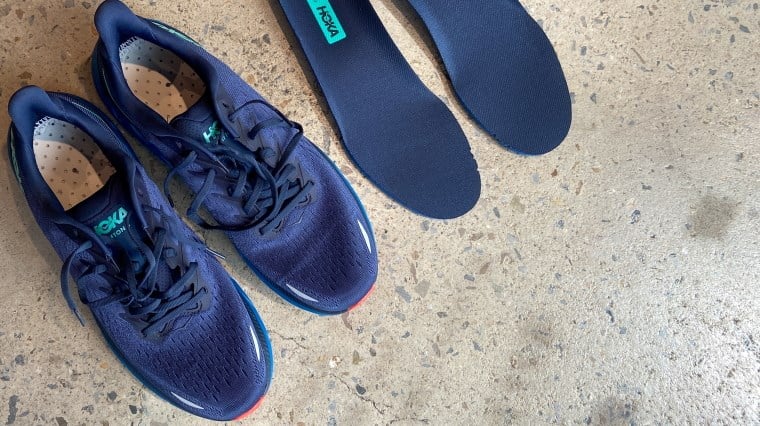
As satisfying as it can be to kick your shoes off your feet after you’ve dashed out for a run and are settling back in at home to soak in your victory – fight the temptation. Over time, the pressure and tension this applies to the back of the heel can be problematic, forcing the sole to come away.
Instead, untie and loosen the tension of your shoe laces and open the tongue to slide out of the running shoe without any risk of damage. It’s these little tips that can make all the difference to extending the lifespan of your running shoes so you can enjoy a long-term partnership that will be with you every step of your running journey.
Run for it!
